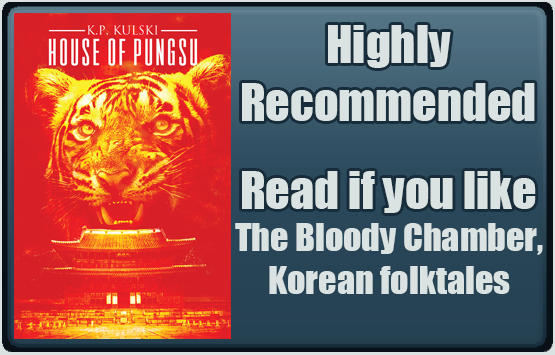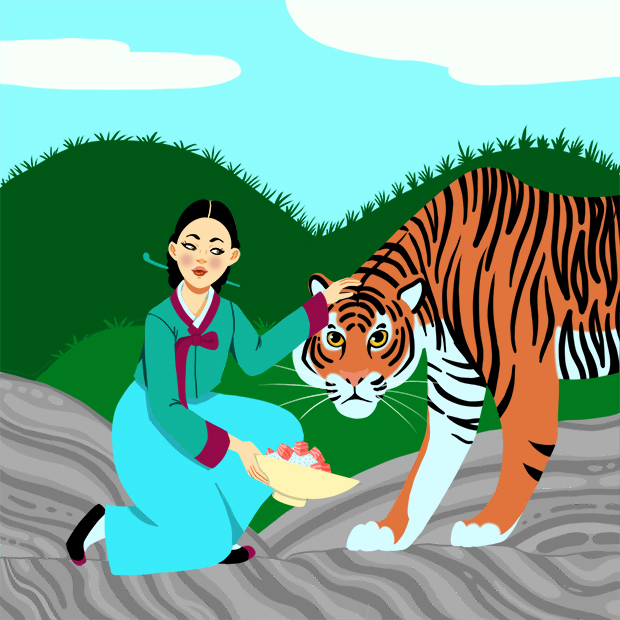Blurb:
| It's 1997 and Leah just can't seem to catch a break. A year has passed since her fiancé went missing while hiking alone on a mountain, and she can't shake the unanswered questions and nightmares Simon left behind. On the anniversary of his disappearance, Leah and her new girlfriend Josie return to the trail where Simon disappeared with two of their best friends. Armed with incense, tarot cards, crystals, and snacks, the girls have everything they need to complete the Ritual of Closure to help Leah finally say goodbye to Simon, once and for all. But the trails are hiding something sinister, and it's been waiting. As night falls around them, the girls find themselves in a deadly game against something vicious and wild that's made a home for itself on the mountain. It's time to find out what really happened to Simon. |
The year is 1996: Scream has just been released in theaters, the Macarena is the hottest new dance craze, and seventeen-year-old Leah is deeply in love with her high school sweetheart, Simon. The two have plans to marry after graduation, but that dream is destroyed when Simon goes missing after a hike in the nearby mountains. Volunteers scour the woods for any trace of the missing boy, but it’s like Simon has vanished without a trace.
A year later, Leah is still struggling with her grief and guilt. Her girlfriend, Josie, is doing her best to help Leah through the nightmares and sobbing fits, but nothing seems to help. In a last-ditch effort to give the poor girl some closure, Josie suggests they hike Simon and Leah’s favorite trail to say a final goodbye. Along with Leah’s two best friends, sisters Charlotte and May, the girls set off to perform a Wiccan inspired goodbye ceremony for him. But their beautiful day quickly goes south when something in the woods starts stalking them.
Brutal Hearts is short but gripping story, switching back and froth between the girls being stalked through the woods and the mystery surrounding Simon’s disappearance. I ended up finishing it in one sitting, something I never do even with novellas (ADHD makes it hard for me to focus on a book for too long unless I’m really engaged). I loved all the little nods to 90s aesthetics, from the clothing, to May’s Tamagotchi and the girls’ obsession with all things Wicca. (From Sabrina Spellman to Nancy Downs witches were huge in the 90s, inspiring a renewed interest in Wicca from teenage girls.) Although, it is hard to accept that the 90s were thirty years ago and are now officially nostalgic. Wasn’t it literally just 2000? I think Y2K caused my brain to crash and stop perceiving the passage of time.
I especially liked the addition of the playlists for each character in the back of the book. Leah’s music playlist revolves around being hurt by love. Josie likes grunge. May’s playlist is full of bubblegum pop while the more traditionally pretty and popular Charlotte prefers mainstream music. A fun flashback to 90s teen horror like Fear Street and the works of Christopher Pike (appropriate since Daley also runs the PikeCast) with a healthy dose of urban legends and campfire stories. A perfect read for a hot summer night.






